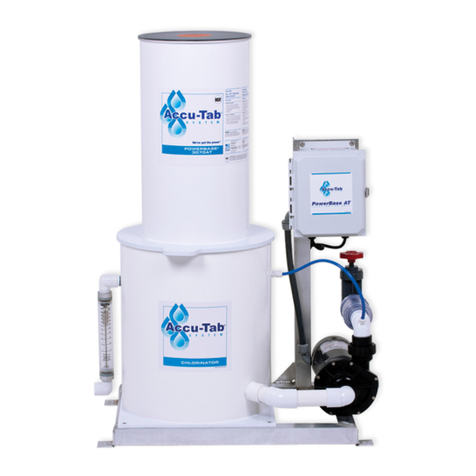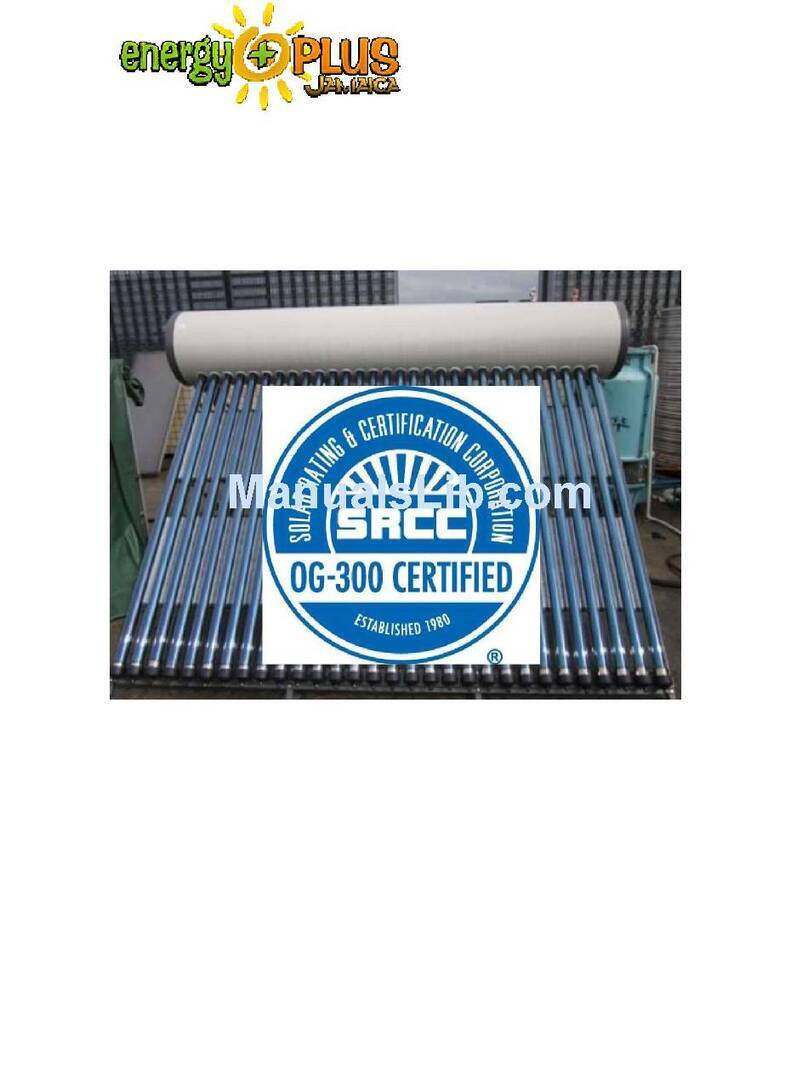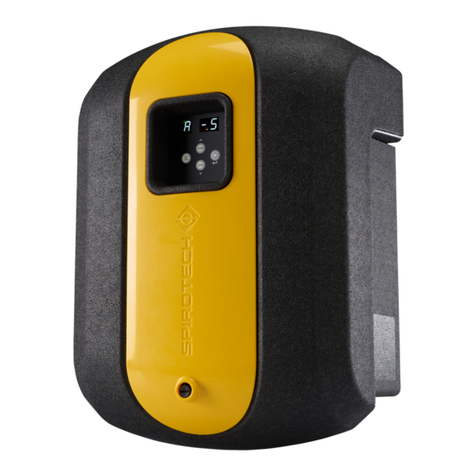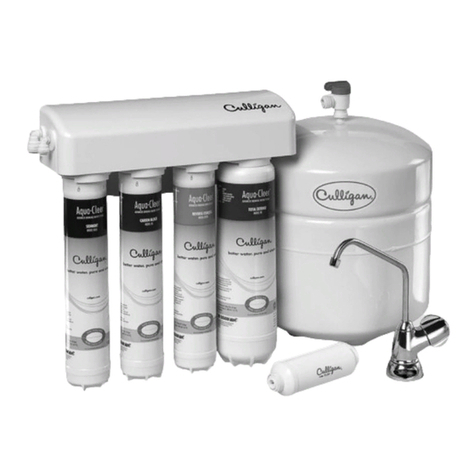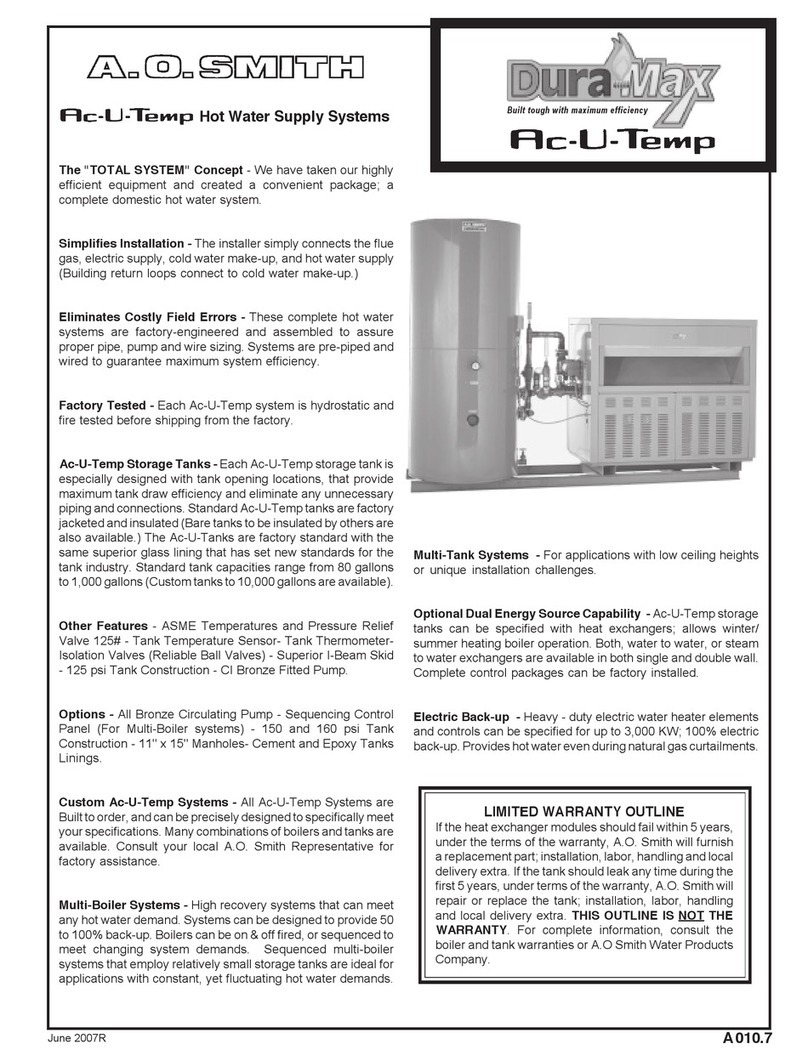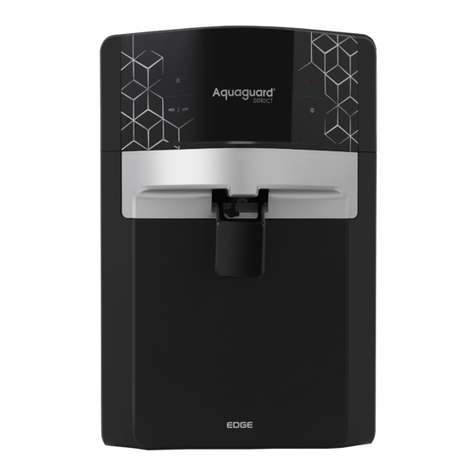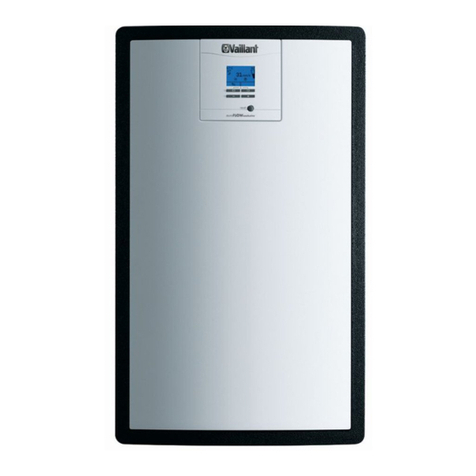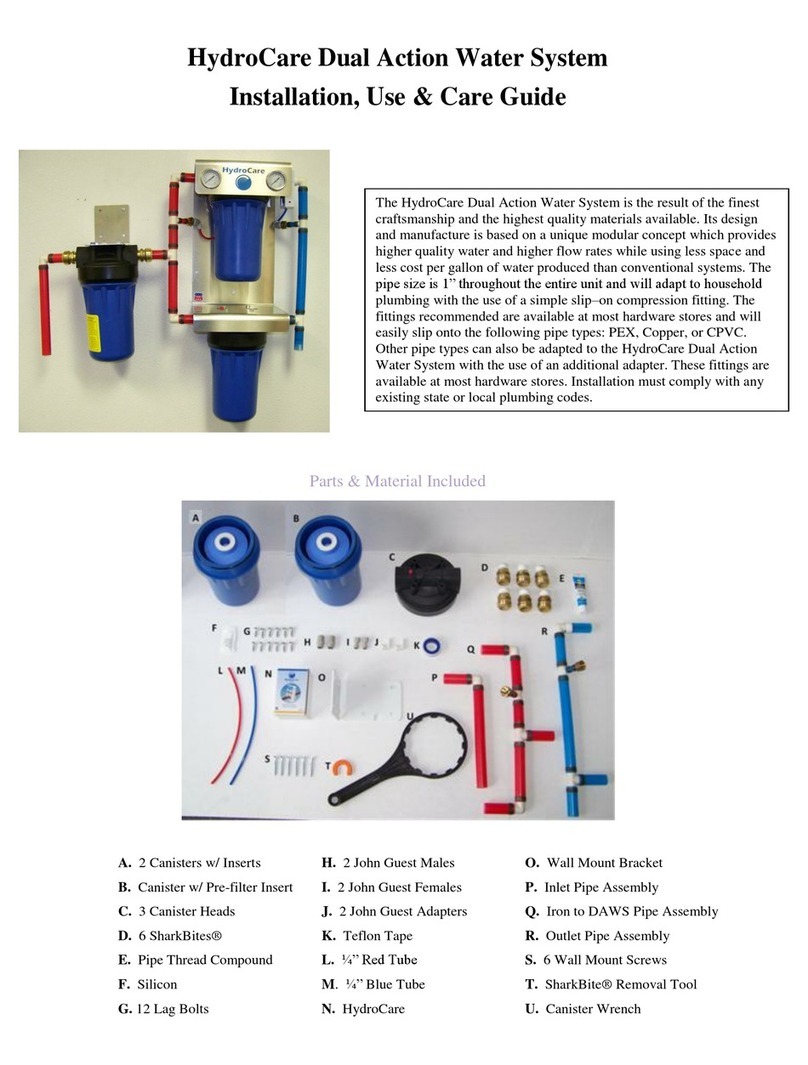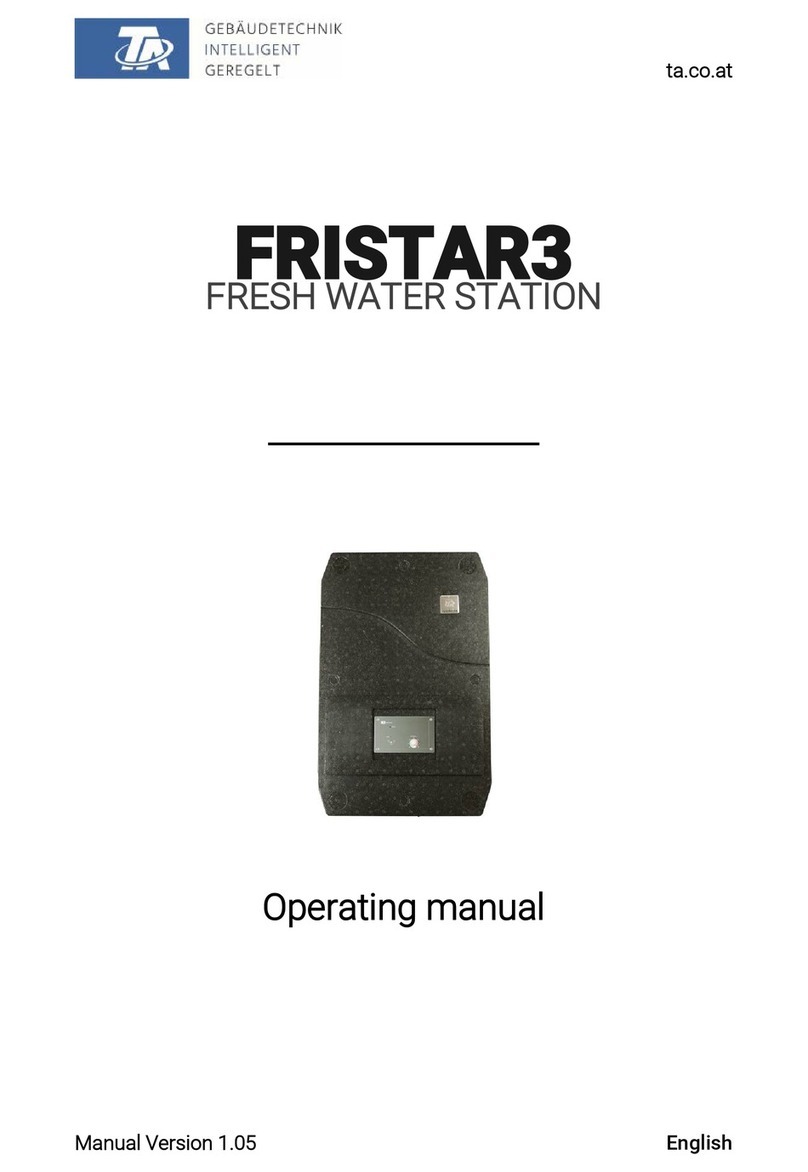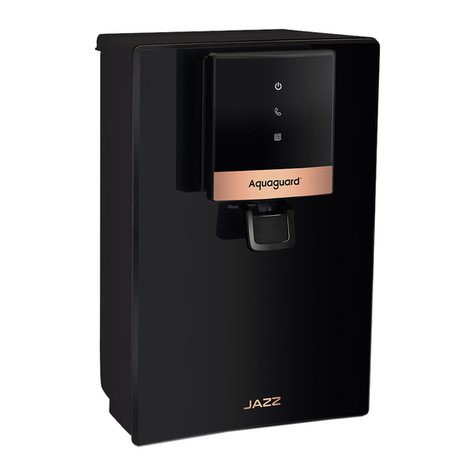
OPERATIONS AND MAINTENANCE MANUAL
RBS TRITON™ 35 SKIMMER
TABLE OF CONTENTS
1GENERAL INFORMATION................................................................................................. 1
1.1 RBS TRITON™ SKIMMERS.........................................................................................................1
1.2 GENERAL DESCRIPTION ...........................................................................................................1
1.2.1 Basic Components Of The RBS TRITON™ 35 ........................................................................................1
1.2.2 RBS TRITON™ Skimmer Head ...............................................................................................................1
1.2.3 Power Unit................................................................................................................................................2
1.2.4 Transfer Pump Assembly.........................................................................................................................2
1.2.5 Hydraulic Hose Sets.................................................................................................................................2
1.3 PREPARATION FOR USE ...........................................................................................................2
1.3.1 Hydraulic Hose Set...................................................................................................................................2
1.3.2 Attaching The Hydraulic Hose Set............................................................................................................2
1.3.3 Bleeding Hydraulic Hoses Prior To Attachment .......................................................................................2
1.3.4 Attaching The Oil Transfer Hose..............................................................................................................4
1.3.5 Attaching The Hose Float.........................................................................................................................4
1.3.6 Installing the Brush Scrapers ...................................................................................................................4
1.4 PRE START-UP CHECK LIST......................................................................................................5
1.4.1 RBS TRITON™35 Skimmer Head ...........................................................................................................5
1.4.2 Power Unit................................................................................................................................................5
1.4.3 General Check List - Location..................................................................................................................5
2START-UP.......................................................................................................................... 6
2.1 START-UP ....................................................................................................................................6
2.1.1 Start-Up And Post Start-Up Check List ....................................................................................................6
2.1.2 Starting The Diesel Engine.......................................................................................................................6
3OPERATION....................................................................................................................... 6
3.1 OPERATING THE SKIMMER.......................................................................................................6
3.1.1 LAUNCHING THE RBS TRITON™35 SKIMMER INTO THE WATER.....................................................6
3.1.2 OIL RECOVERY ......................................................................................................................................6
3.2 SHUT-DOWN................................................................................................................................8
4PERFORMANCES.............................................................................................................. 8
4.1 RECOVERY RATE .......................................................................................................................8
4.2 MAXIMIZING RECOVERY............................................................................................................8
5TRANSPORTATION........................................................................................................... 9
5.1 HANDLING AND LIFTING............................................................................................................9
5.1.1 Power Unit................................................................................................................................................9
5.1.2 RBS TRITON™35 Skimmer Head ...........................................................................................................9
5.1.3 Pump Unit ................................................................................................................................................9
6TROUBLE SHOOTING GUIDE........................................................................................... 9
6.1 BRUSH NOT PICKING UP OIL ....................................................................................................9
6.1.1 Debris Collected Around The Skimmer Head...........................................................................................9
6.1.2 Highly Emulsified Oil ................................................................................................................................9
6.1.3 Contamination Of Oil With Dispersant Or Other Surfactants....................................................................9
6.2 BRUSH NOT BEING FULLY SCRAPED......................................................................................9
6.2.1 Scraper Not Installed Correctly.................................................................................................................9
